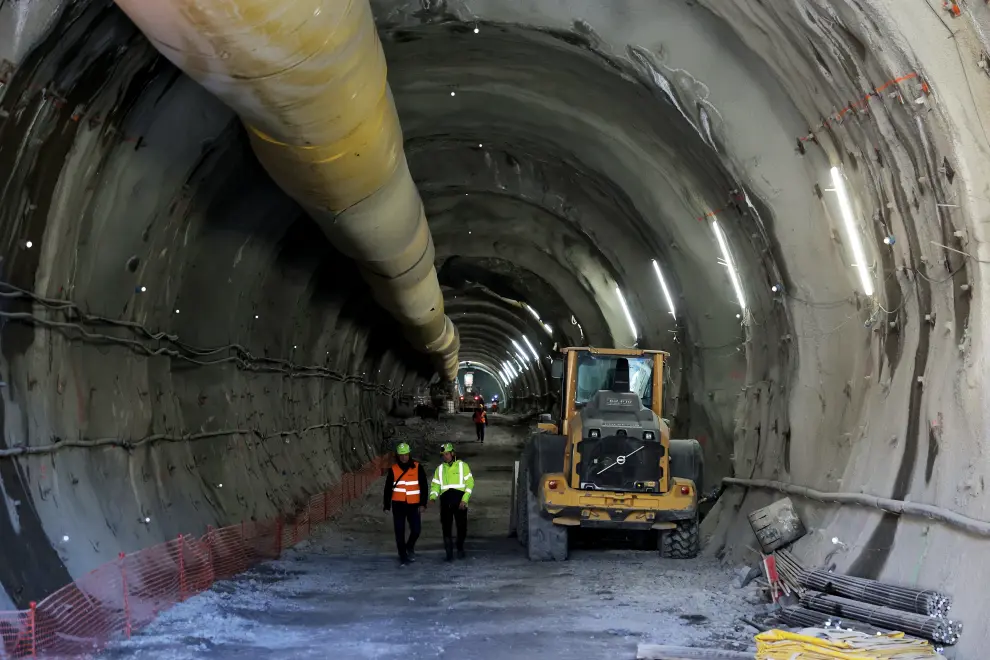Bridges to be built inside Koper-Divača railway tunnels over karst caves
A new railway that will enable faster travel between the port town of Koper and the Divača rail junction is slated to open to traffic in 2026, but after all the tunnels have been bored workers will now have to build viaducts inside them to bridge and preserve karst caves.
As many as 88 karst caves have been discovered during the construction of the 27-kilometre rail track, which features ten tunnel tubes running in the length of 37 kilometres.
But while most of the caves are small, a handful are bigger and three are especially tricky, with the biggest one measuring 800 metres in length and the deepest one around 170 metres wide.
Having conducted tests in how to tackle the problem to ensure safety while preserving the beautiful limestone formations, the state-run company managing the project told reporters on 7 November that five bridges will have to be built underground.
The construction will be very challenging, but the company 2TDK expects the railway construction to be delayed only by about a month or two as a result of the additional work required to build the bridges.
The company's CEO Matej Oset said they had discovered karst phenomena not found in Slovenia before, which required additional care and expertise to solve the problem. He said the solution was unique and would set new milestones in underground construction.
Trains with lengths up to 740 metres and weighing up to 2,500 tonnes will be using the track, running at speeds of up to 160 km/h, said Oset. That is why they needed to find solutions to ensure both structural and traffic safety.

The entrance to the longest tunnel of the Koper-Divača railway. Photo: Daniel Novakovič/STA
All the caves have been examined and measured in cooperation with the Institute for Nature Conservation and the Karst Research Institute.
Mitja Prelovšek of the latter believes a good consensus was reached how to best bridge the caves while preserving them and meeting load-bearing requirements.
The two most problematic caves occasionally get flooded. The caves are about as broad as the tunnel so building bridges there will be the most challenging.
The caves discovered in the project measure between 30 and 40 metres on average, some more, said project designer Peter Jemec. The deepest cave is around 170 metres wide.
They have been able to bridge smaller caves by using the tunnel profile and reinforcing the lining, but a dedicated structure is needed for larger caves.
He told the newspaper Delo three caves are especially tricky requiring bridging structures to be built in two of the tunnels. In one a 26-metre viaduct will be built at the Lokev tunnel, while two will be required in the Beka tunnel, a 25-metre one and a 40-metre one.
"This is a unique solution worldwide because in other karst caves, they simply build embankments to fill in a large part of the cave, (destroying) it," he told Delo.
"Based on the surveys carried out so far, we know that a 40-metre-long bridging structure will have to be built here, supported by a separate structure embedded in solid rock under the tunnel, or by several micro-piles," he said of the biggest cave.
Otherwise, officials assured reporters that the work on the Koper-Divača railway is proceeding as planned. Tracks are being laid on the open section of the rail line from Koper to the first tunnel in the direction of Divača.


